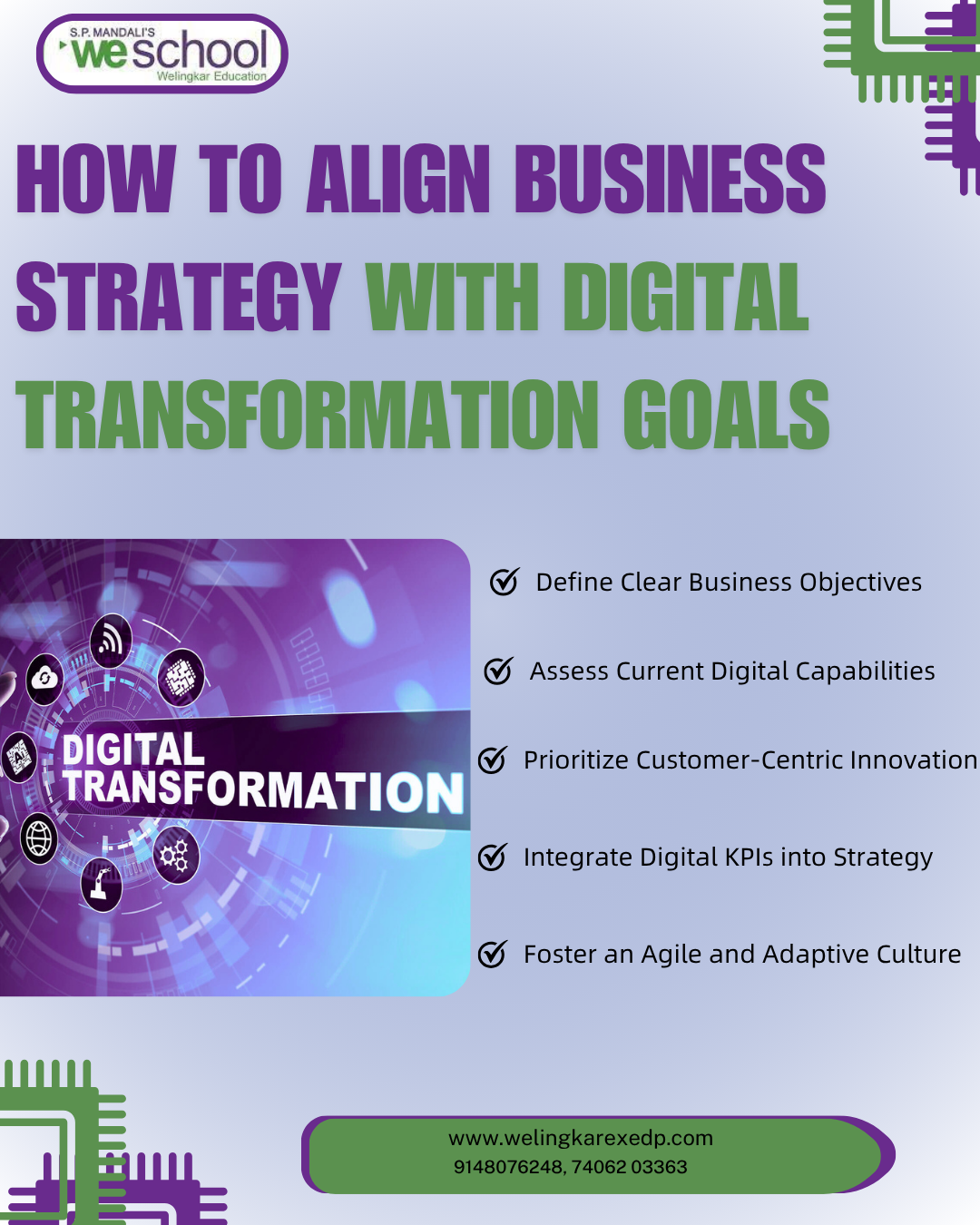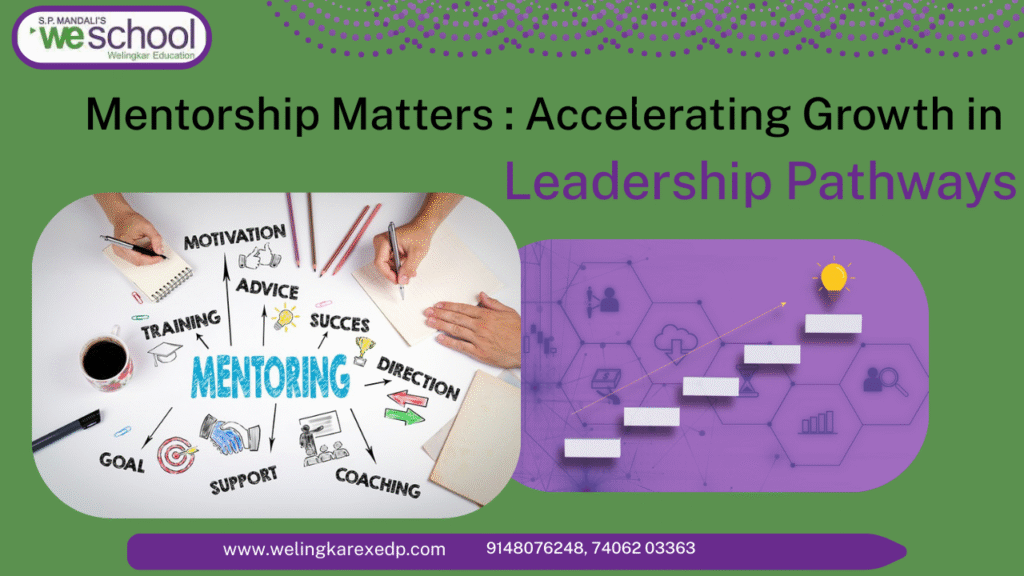Strategic Thinking for Emerging Business Challenges
We live in a world where the business environment is evolving minute by minute. The swift change in technology, supply chain shocks around the world, changing customer expectations, and economic fluctuations necessitate more than reactive leadership. They also need strategic thinking; that is, the proactive, big picture approach that predicts change and positions organizations to succeed in the long term.
Building up strategic thinking is no longer a choice that should be made by professionals who want to be assured of their leadership positions during tumultuous times. It is an essential ability that enables teams to take care of risks, opportunities, and competitive advantage. So, how does strategic thinking enable one to manoeuvre through the intrigues of contemporary business, and what are some of the skills and tools required to move forward?
Why Strategic Thinking Matters Today
Strategic thinking does not mean thinking about the future; it is about making sense of the present in a manner that opens up new directions. The capability to analyze the environment, draw the line between the dots, and make quick decisions has become a leadership necessity in an age when more than 63% of CEOs worldwide claim uncertainty is their number one business issue.
It supports organizations:
- Ensure that short-term activities support long-term objectives
- Foresee the changes in the market and competition risks
- Learn to be disruptive
- Increase cross-functional decision-making
- Develop the ability to be creative and to enjoy challenges
In its absence, companies are also in danger of being reactive and stale. With it, they will be ready, attentive, and ready to go in the future.
Key Components of Strategic Thinking
Strategic thinking is analytical, yet creative; long-term, and short-term. It entails some essential dimensions:
- Systems thinking: The ability to view the impacts of various components of the business on each other.
- Environmental scanning: keeping track of the trends within the industry, of consumer behavior, and changes in regulations
- Critical questioning: Questioning assumptions and pursuing alternative views
- Decision foresight: Making predictions on the course and the available information
- Scenario planning: Uncertain future-oriented planning
The ability to master these aspects allows leaders to make decisions today that will be effective tomorrow.
Emerging Business Challenges That Demand Strategic Thinking
The current market environment presents several challenges that strategic thinkers must overcome. So, what are some of the most urgent?
1. Digital Transformation
Businesses are compelled to computerize processes, sales, and customer service. Strategic thinking is crucial in determining the technologies to be adopted, the effective implementation of the technologies, and the manner of leading a team through change.
2. Sustainability and ESG Expectations
Customers and investors are demanding that companies take responsibility. It is the responsibility of strategic thinkers to integrate sustainability into business models and convey values.
3. Workforce Transformation
Remote working, automation, and talent shortages are transforming the character of the workforce. It is the responsibility of leaders to reconsider the organization’s structure, learning programs, and employee engagement strategies.
4. Customer Behavior Shifts
The new customer is more educated, better connected, and less committed. Strategic thinking assists companies in the personalization of experiences, the forecasting of demand, and the design of new value propositions.
How to Build Strategic Thinking Capabilities
Acquisition of this skill set does not occur overnight. It is not only about attitude changes and actual knowledge. Professionals may start by doing the following:
1. Practice Long-Term Thinking
Rather than simply attending to the day-to-day activities, take time to think about the changes in the industry and direction of the business. Some questions to ask yourself are: Where is this trend headed? Or “what will this decision look like in a year?”
2. Engage in Cross-Functional Collaboration
Working with other teams outside your department broadens your experience of the business ecosystem and increases system thinking.
3. Develop Scenario-Based Planning
Plan big initiatives with best-case, worst-case, and most-likely scenarios. This will make you mentally flexible and ready to face uncertainty.
4. Embrace Data-Driven Decision-Making
Make strategy reality-based with the use of forecasting and analytics tools. Consider several sources before concluding.
Welingkar’s Role in Developing Strategic Thinkers
In the Welingkar Institute of Management Development and Research, strategic thinking is central to the programs offered at the leadership, marketing, operations, and innovation schools. The curriculum is also designed to transition learners from tactical thinking to strategic leadership.
The real-time simulations, case-based learning, and industry-led workshops expose the students to complex environments of decision-making. They are not only learners of strategy- they are people who practice it.
Whether you’re a mid-career professional or an up-and-coming leader, Welingkar Bangalore offers the means and guidance to secure your future with confidence.
Real-World Example: Strategic Thinking in Action
Take the example of the retail giant, which changed its physical stores to the omnichannel model. Their leaders saw the early indicators of disruption of e-commerce and reacted by formulating a multi-year digital plan. The result? Higher market share, improved customer loyalty, and effective integration of the supply chain.
This was not just an operational success; it was strategic. They strategized disruption even before it reached its peak.
Conclusion
The world of business is never predictable, so being prepared is key. With the help of strategic thinking, we prepare ourselves not only to survive disruption but to make it an opportunity.
The companies with strategic minds do not follow trends; they make them. They connect the present actions with the vision of the future, and all the steps are planned and meaningful.
Lead when there is no way to know- take Welingkar leadership and strategy programs and develop an edge in strategic thinking.
FAQs
What is strategic thinking in business?
Strategic thinking is the process of evaluating a complicated environment, future plans, and decisions that are made in line with future business objectives.
What is the difference between strategic thinking and planning?
Planning typically involves implementing steps that are already known. Strategic thinking is more expansive, which means considering what to do, when to do it, and how it aligns with shifting market forces.
Is it possible to learn strategic thinking?
Absolutely. Some people are naturally inclined to strategic thinking, but others can learn to be strategic, with training, experience, self-reflection, and exposure to a variety of business situations.
Why should modern leaders think strategically?
The current business issues are multifaceted. Strategic thinking helps leaders make connections, spot opportunities early, and navigate their teams through volatility in a confident manner.









